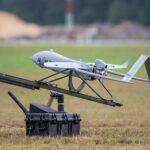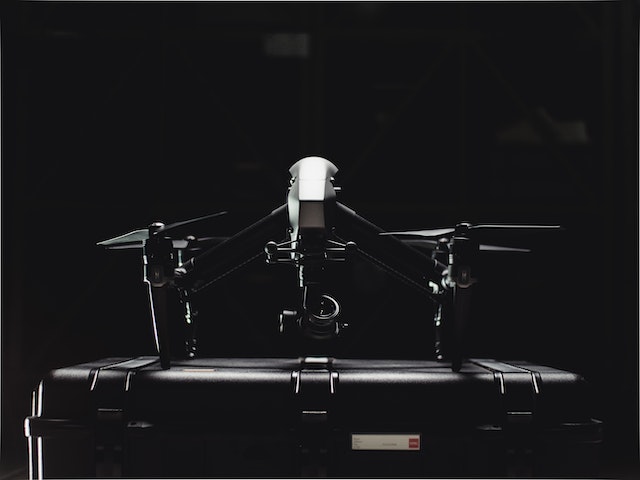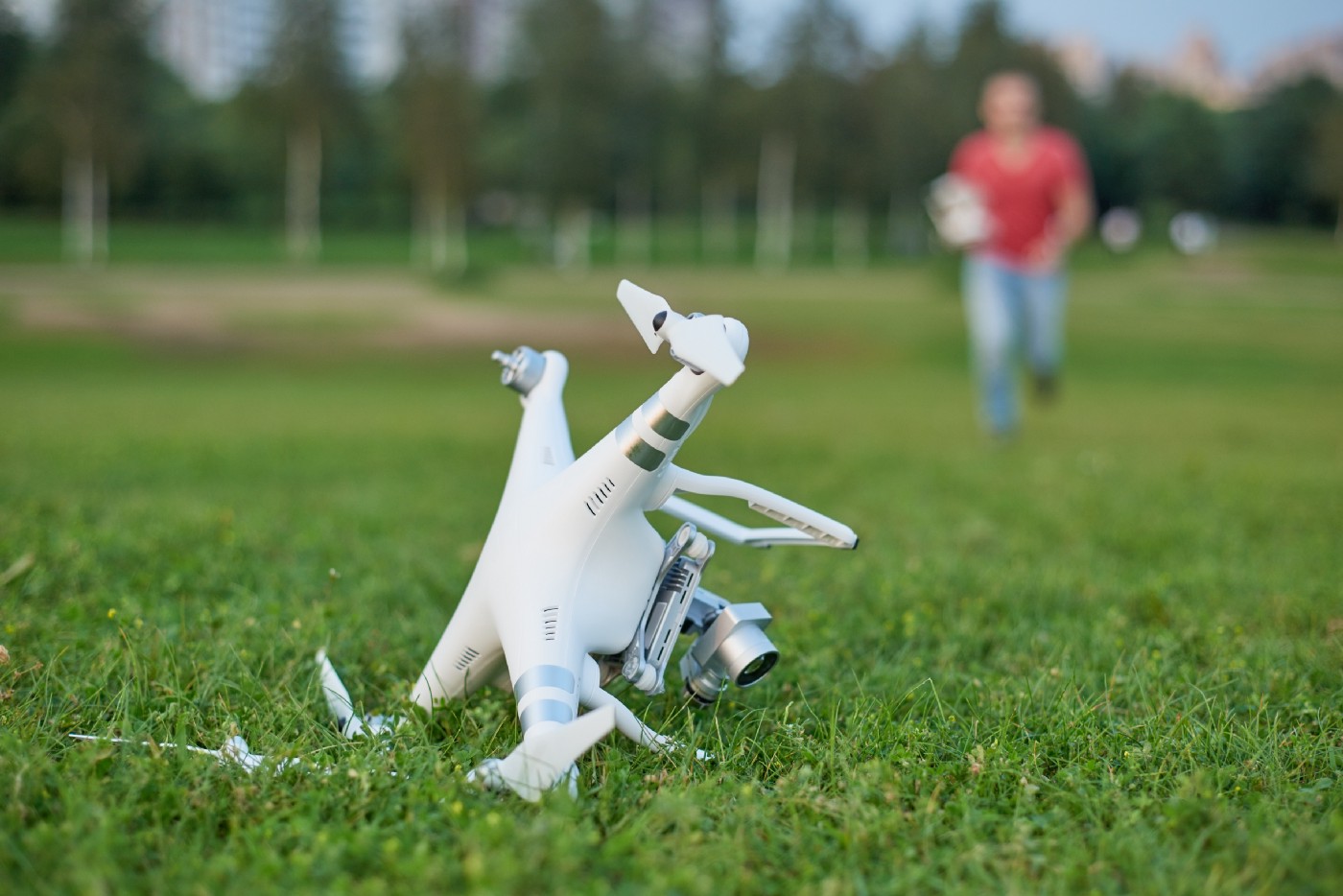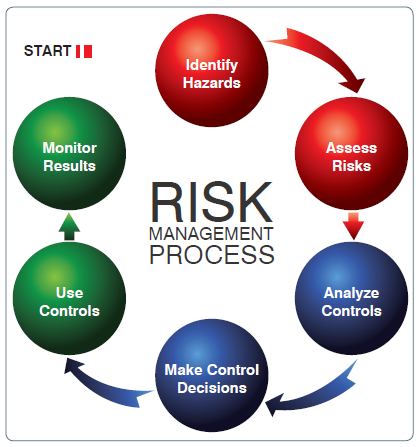
I. Introduction
This paper presents the analysis of the implementation of an autopilot system in an Unmanned Aerial Vehicle (UAV) platform, evaluating the necessary data needed to provide a better solution, with higher fidelity. The paper provides three distinct autopilot cases, describing the autopilot system used, the sensors utilized in the autopilot solution, and the autopilot features and a final autonomy assessment level based on the NASA Autonomy Level evaluation able.
The three evaluated cases involved the following: the Pixhawk 4 ® autopilot, the MicroPilot MP21283x Autopilot, and the NASA Swift UAS autopilot.
Keywords: Pixhawk Autopilot, MicroPilot, NASA Swift USA
II. Case #1 – Pixhawk Autopilot
The Pixhawk 4® is an autopilot solution that provides advanced Commercial-Off-The-Shelf (COTS) autopilot functions for drones. The hardware (flight/vehicle controller) is made by Holybro ® while the software (flight stack) is made by PX4 Team. Pixhawk Autopilot uses an open hardware design standard with an open-source autopilot flight stack (PX4), encouraging participation from commercial and academic developers (1).
The onboard avionics sensor components integrated with the Pixhawk 4® (2) are the following: two style accelerometers/gyroscope combos (ICM-20689 chip with a 6-axis MotionTracking ® device that combines a 3-axis gyroscope and a 3-axis accelerometer (3); and BMI055 ultra-small 6-axis inertial measurement unit (IMU) chip consisting of a digital 12-bit acceleration sensor and a 16-bit gyroscope (4); or ICM20602 chip containing a 6-axis MotionTracking ® device that combines a 3-axis gyroscope and 3-axis accelerometer (5)) that provide the vehicle attitude utilized by the onboard High-performance, low-noise Inertial Measurement Units (IMUs) on board for stabilization applications; a 3-axis digital magnetometer Integrated Chip (IC) (IST8310) for sensing the vehicle yaw angle (6); and a Barometric pressure sensor (MS5611) for pressure and temperature measurement (7). The Pixhawk 4 ® comes with an external Global Position System (GPS) receiver module (with integrated magnetometer) that provides the autopilot with positioning data during flight via the dedicated GPS port on the flight controller (8). There are High-performance, low-noise Inertial Measurement Units (IMUs) on board for stabilization applications. The autopilot can support 8-16 PWM servo outputs (8 from IO, 8 from FMU) for control servos manipulation of various types of vehicles, including but not limited to: multicopper configurations, planes, Vertical Takeoff and Landing (VTOL) vehicles, and ground vehicles. Table 1 provides the Pixhawk 4 ® sensing components details, including performance characteristics for the sensor and its data output specified.





